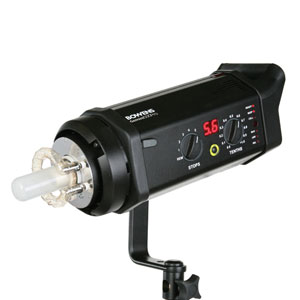Bowens gemini 500 pro set trading

So, so far so good. The next test I did was colour consistency. I did this by looking at the raw files taken on a neutral grey background using the eye dropper tool in Lightroom to sample the RGB values, they range from 0 to Again absolutely excellent performance.
Next is flash power consistency. I took 4 shots at each setting with varying delays between each. At the lowest power setting I did see about 0. Is it a problem?
The final test is flash duration. Firstly because it only applies at full power, and may well be a lot slower at lower powers, and secondly because the light output of this type of head decays in an exponential manner as the storage caps discharge into the flash tube. One of the reasons Bowens charge so much for the Gemini Pro heads as their faster flash duration and in that respect I guess they do cleanly win out over the slower Lencarta head.
I guess although the Lencarta UltraPro is not much worse than most other heads in this area excepting the Gemini Pro this probably is the most disappointing aspect of its performance yet.
As far as I can see the head quite adequately meets its specified flash recycle times. I said one of the other desirable attributes is ease of use. Is this true of the Ultra Pro head, yea it is really. Would I rather have large visible power level setting knobs like the Bowens heads, yea I probably would to be honest.
One thing I am curious about is whether one, or maybe even two, of these heads could be run on a battery powered inverter, such as the Paul C Buff Vagabond Mini or the Innovatronix Explorer Mini.
Digital heads can be a bigger problem on battery powered inverters than analogue controlled ones because they can lack tolerance to the inevitable brown outs temporary dips in the generated mains voltage that happen due to the current limiting circuitry in the inverters.
It seems likely that this would work as the Innovatronix does have quite a high peak power delivery capability. But that gripe aside this is by all appearances an excellent quality flash head and a serious competitor for the likes of Bowens and Elinchrom at about half the price.
That combined with predictable, consistent light output will make life a lot easier. Price is an issue and I wished to stick with Bowens s-type fitting because of the robustness, standardisation and flexibility of it.
So I excluded the Paul C Buff units as they use the Balcar mount system which seems to get very mixed reviews. The Lencarta range of lights caught my attention. These are digitally controlled, via an LCD screen on the back of the head, and can also be remotely controlled form the Ultra Pro Commander unit which is a huge attraction. They also have 2. What are the main attributes that one would want in a pro grade flash head?
Well out of the box the initial impression is very much of robustness and quality, the heads are very solid and very well finished. There are several attractive features that might appeal to pro photographers such as the ability to swap the main stand mount to the top of the flash head so it can be mounted on a rail whilst staying the right way up.
The umbrella holder is very solid too and is built into the stand mount rather than the body of the flash itself. All of the buttons seem very well defined and of decent quality. Reliability is obviously an unknown at this point but a very positive point is that Lencarta do have a service centre in the UK so if something does go wrong it can hopefully be fixed in fairly short order. On to the more technical aspects of the flash head. The first thing I measured was flash accuracy at the various settings i.
All of which just makes life more difficult. So how did the UltraPro perform in this respect? So, so far so good. The next test I did was colour consistency. I did this by looking at the raw files taken on a neutral grey background using the eye dropper tool in Lightroom to sample the RGB values, they range from 0 to Again absolutely excellent performance.
Next is flash power consistency. I took 4 shots at each setting with varying delays between each.